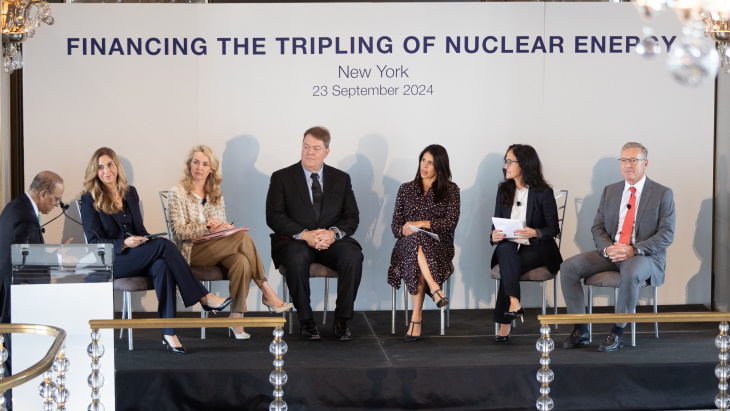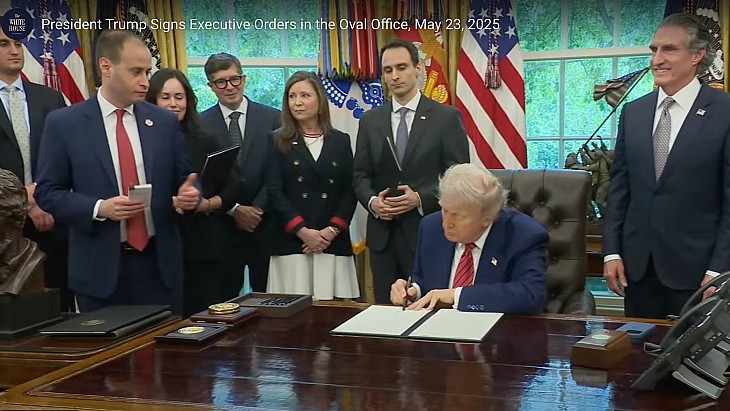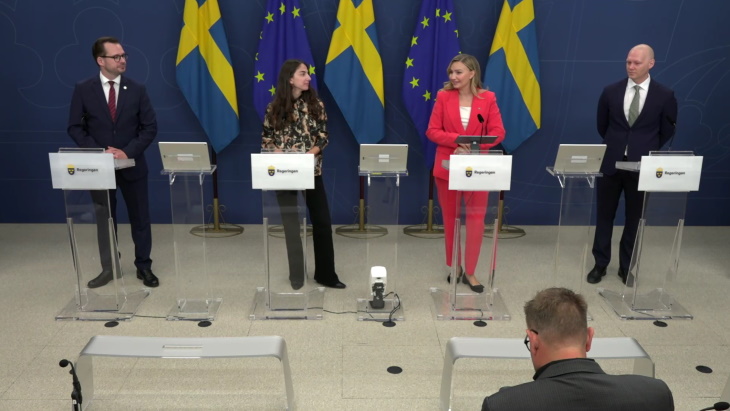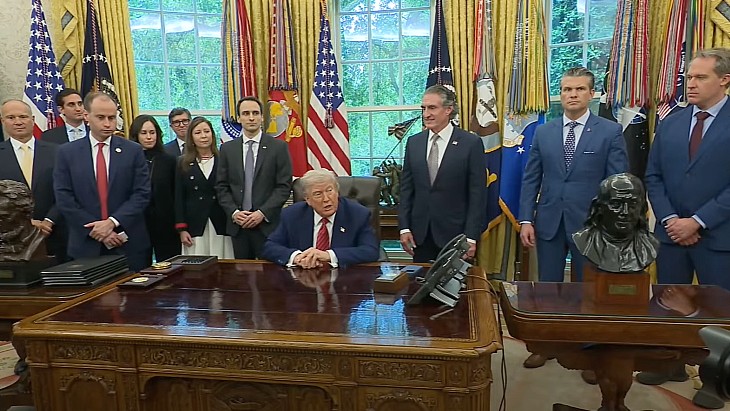Sky is the limit for US-Russia cooperation
Russia and the USA have agreed to cooperate on a range of nuclear-related research areas such as safeguards, security, fast reactors - and "defence from asteroids."
The bilateral was signed alongside the International Atomic Energy Agency's General Conference, being held in Vienna this week. Energy secretary Ernest Moniz represented the USA, and Sergei Kiriyenko signed for Russia. As a general legal framework, the new agreement builds on the countries' original nuclear cooperation agreement that came into force in 2011. This enabled the two nations - both nuclear energy pioneers as well as former rivals - to take part in the peaceful exchange of scientific information and collaborate on joint research projects.
A statement from the US Department of Energy said potential projects could relate to fast neutron reactor development: One is the establishment of a "Multi-Purpose Fast Reactor Research International Centre", the other would grant US projects access to Russia's BOR-60 fast neutron research reactor for irradiation of fuels and materials.
The BOR-60 unit is located at Russia's State Scientific Centre - Research Institute of Atomic Reactors in Dimitrovgrad about 1300 kilometres south-east of Moscow. This is a major centre for materials study, reactor fuel development and radioisotope production. BOR-60 has operated there since 1969.
Asteroids
The final area for potential US-Russian collaboration was listed as "defence from asteroids" with no elaboration.
According to NASA, its Near Earth Object Program has so far classified over 10,000 asteroids and comets, finding over 1400 with "the potential to make threateningly close approaches to Earth." Most of the objects so far characterised have been relatively large is work is beginning to focus on the smaller ones, around 100 metres across, which could still present a serious regional threat. None have been identified that are a current concern.
Various methods have been considered to tackle the potential problem of an impending asteroid impact, one being the deployment of nuclear weapons to break it up or alter its trajectory to avoid Earth. This has been studied at the Department of Energy's Los Alamos National Laboratory using supercomputer simulations. Another option could be to use a 'gravity tractor' spacecraft to hover near the asteroid and gradually influence its trajectory, but this would take a much longer period of advanced warning.
Researched and written
by World Nuclear News











